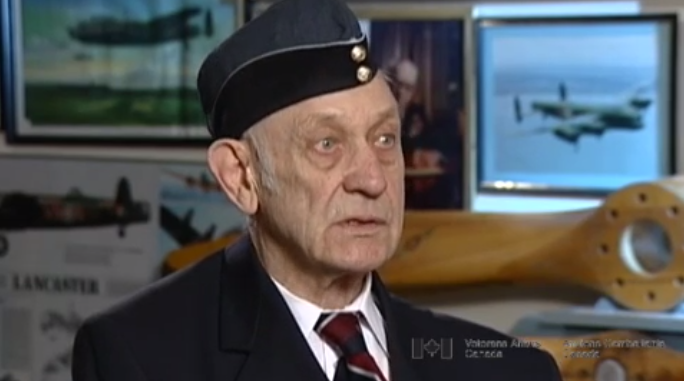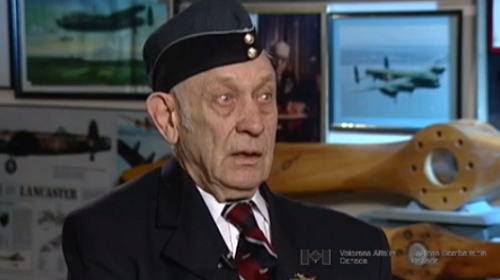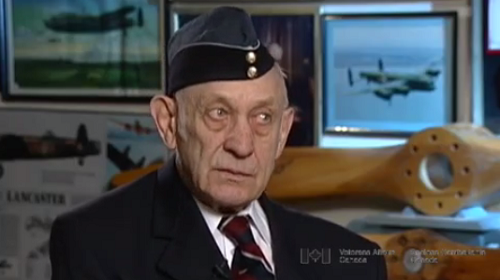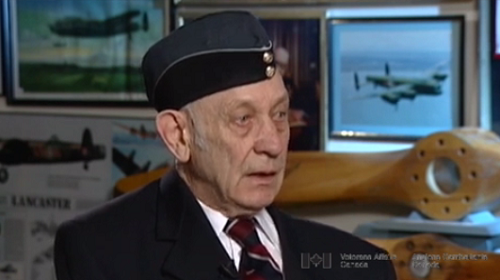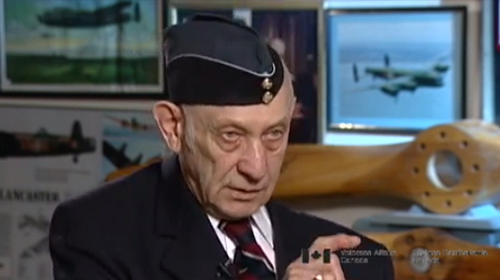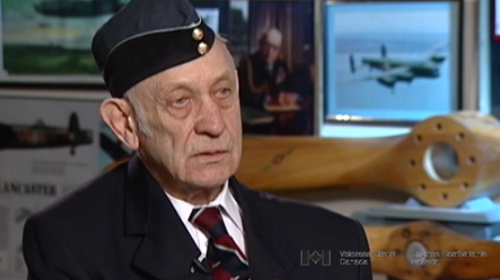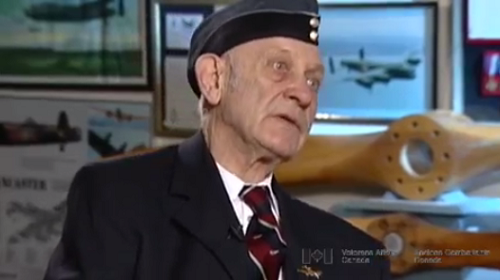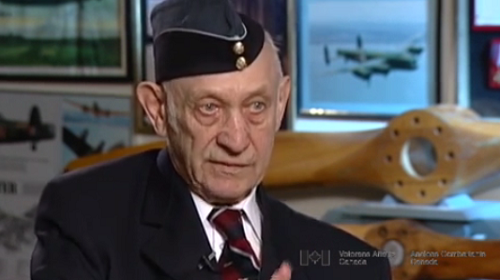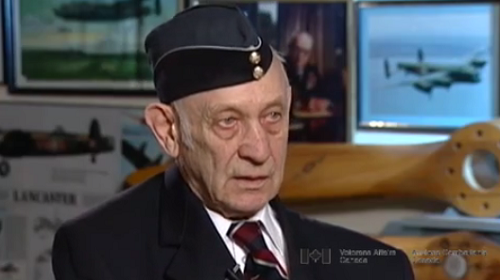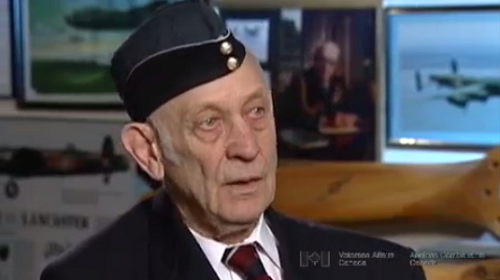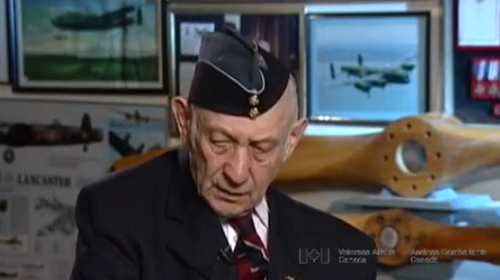Search
Search
Search Results
16 results returned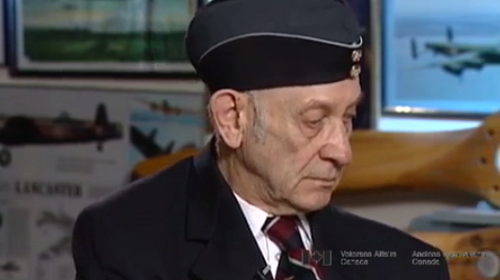
Flying Home In A Disabled Bomber
Mr. Kondra describes flying back to England against serious odds. After being shot up on a bombing run, his aircraft loses an engine, and ruptured hydraulics prevent closure of the bomb bay doors, causing excessive drag and extra fuel consumption. Coupled with landing gear that wouldn't lower, his trip home is stressful!
- Date modified:
